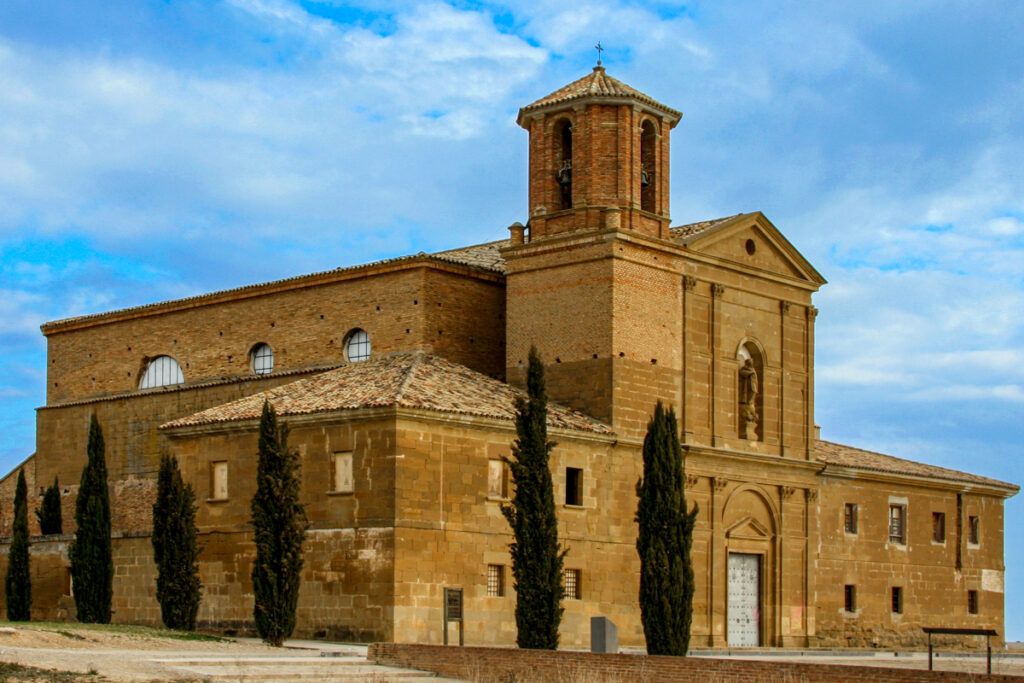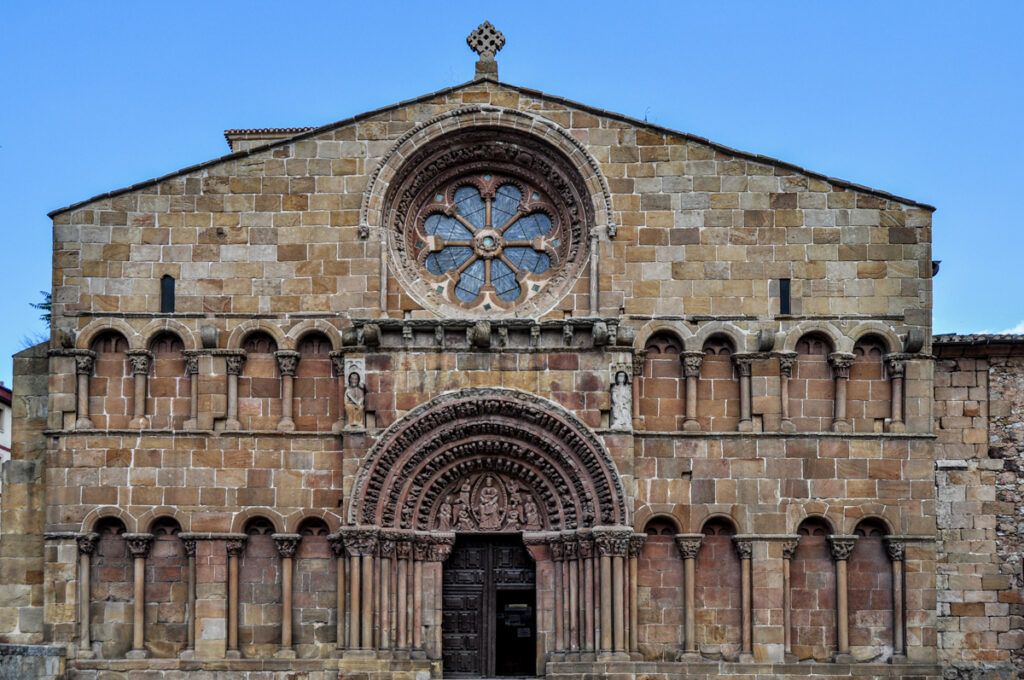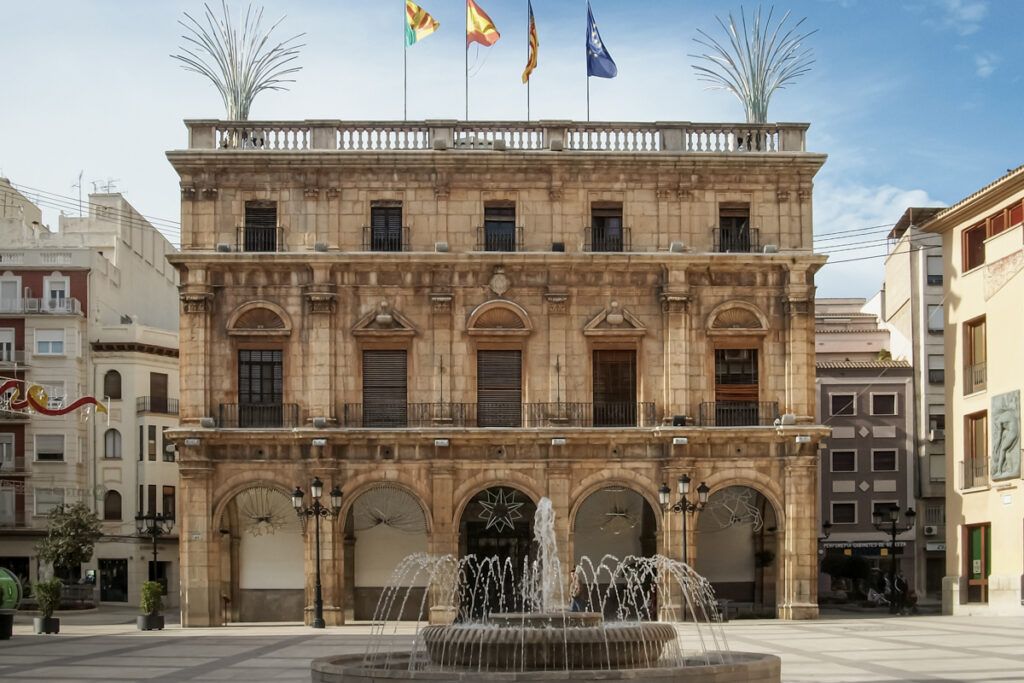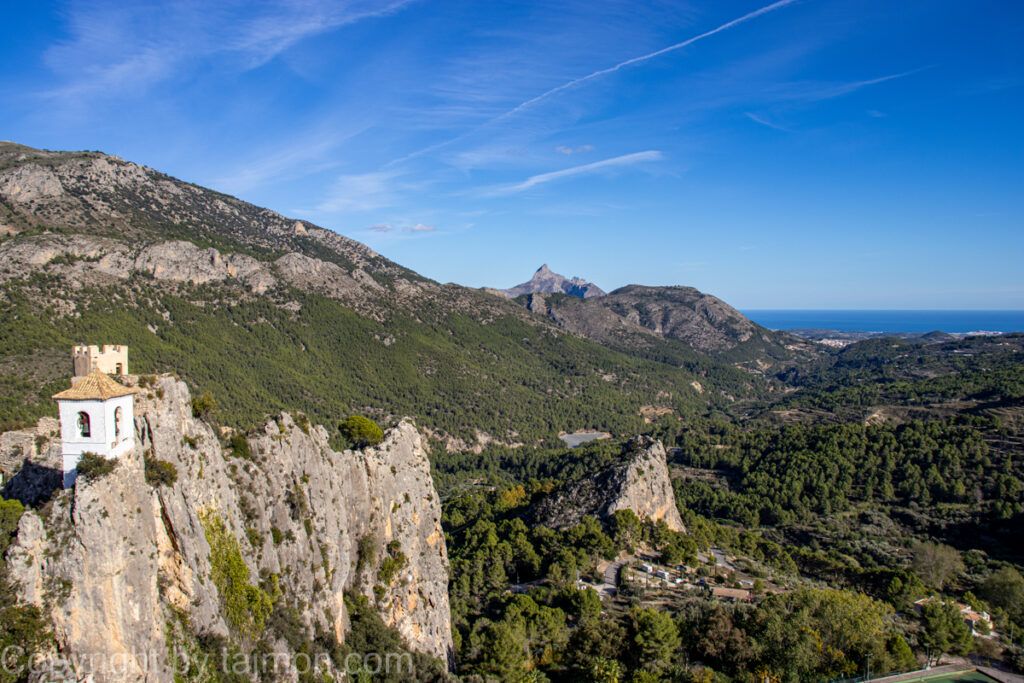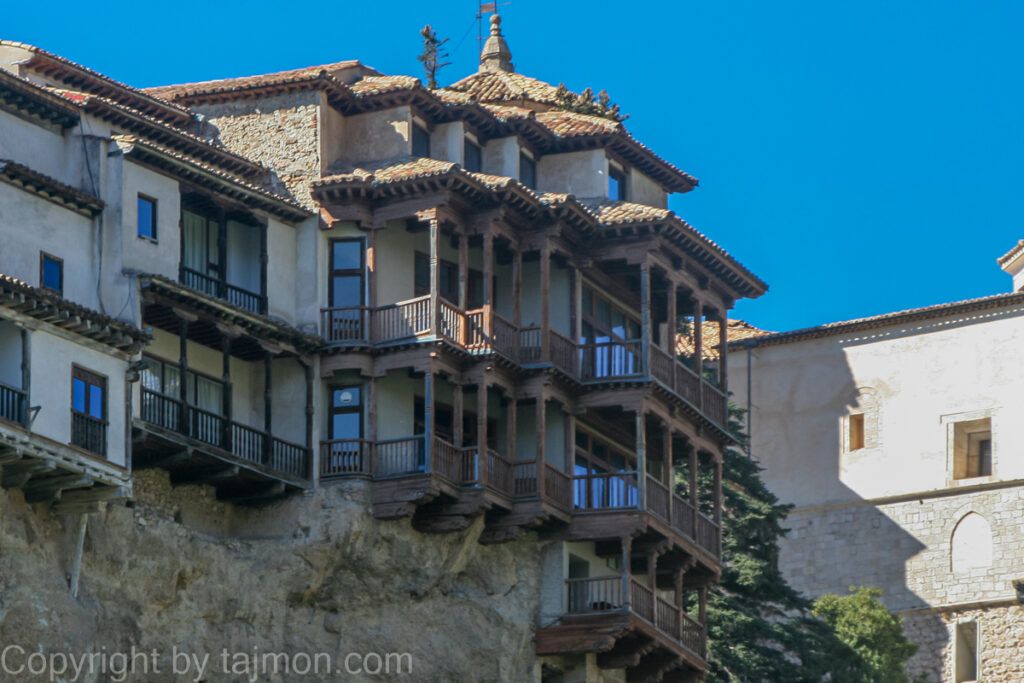Roman Aqueduct in Segovia
The Roman Aqueduct is an extraordinary structure that supplied water to Segovia for almost two thousand years, until 1973. It was built at the beginning of the 2nd century AD, probably during the reign of Emperor Trajan or Hadrian. It consists of over 15 kilometers of channels, most of which are underground, and 813 meters of arches that pass through the city center. The Roman Aqueduct is recognized as a masterpiece of architecture and engineering, as it was made without the use of mortar, only with granite blocks, which connect thanks to precise cutting and balance of forces.
The Roman Aqueduct has three parts: the suburban part, where water was collected from the mountain source Fuenfría; the suburban part, where the water flowed underground; and the urban part, where the water was distributed throughout the city. The urban part is the most visible and impressive, as it consists of 167 arches, divided into two levels.
The highest point of the aqueduct is 28 meters high and is located in the Azoguejo square, where you can admire all its majesty. At the top of the aqueduct runs a channel, through which the water flowed, with a U-shaped cross-section. On some arches, you can see traces of bronze letters, which formed an inscription with the builder’s name and the date of construction, but they were stolen in the Middle Ages.
The Roman Aqueduct is not only a historical monument, but also a symbol of identity and pride of Segovia. For centuries, it has witnessed many events and changes, such as invasions, uprisings, wars, fires, reforms, and restorations. In 1985, it was inscribed on the UNESCO World Heritage List, as part of the historical ensemble of Segovia.
The Roman Aqueduct is also an inspiration for art and culture, as it appears in many literary, musical, and plastic works, both domestic and foreign. The Roman Aqueduct is therefore not only a work of engineering, but also a work of art, worth seeing and admiring.
Return to the table of contents of the Segovia guide >>>>>>>>>>

